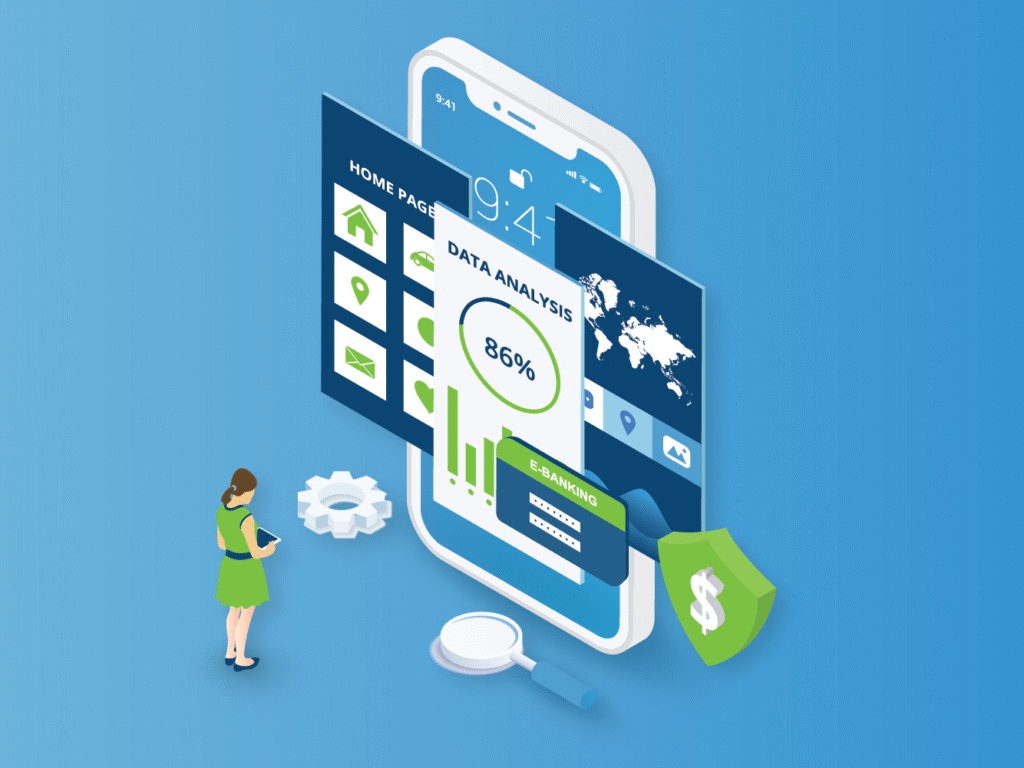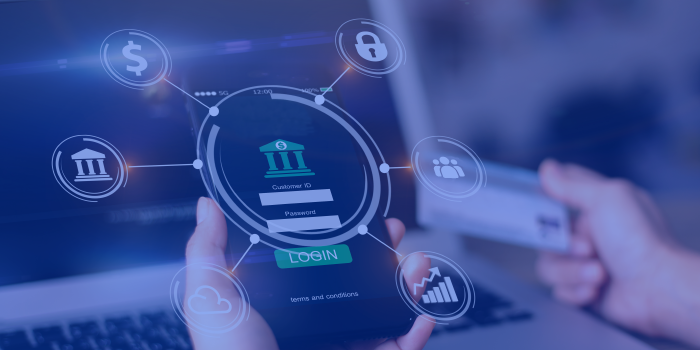The financial sector is undergoing a seismic shift as digital banking innovations reshape the way customers manage their money. With rapid technological advancements and changing consumer expectations, banks and financial institutions are reinventing themselves to deliver more personalized, seamless, and secure experiences. In 2025, digital banking is set to become even more sophisticated, leveraging cutting-edge technologies to revolutionize customer interactions and financial services.
This blog explores the key finance innovations driving the future of digital banking and how they enhance the overall customer experience.
The Rise of AI and Machine Learning in Banking
Artificial Intelligence (AI) and Machine Learning (ML) are at the forefront of digital banking innovation. These technologies enable banks to analyze vast amounts of data and gain deeper insights into customer behavior.
- Personalized Financial Advice: AI-powered chatbots and virtual assistants provide real-time, tailored financial guidance. They help users budget better, optimize spending, and plan investments based on individual goals.
- Fraud Detection and Security: Machine learning algorithms monitor transactions to identify suspicious activity instantly, reducing fraud and enhancing trust.
- Automated Customer Support: AI enables 24/7 support, addressing customer queries quickly and efficiently without human intervention.
By integrating AI, banks create a more proactive, intelligent banking environment that meets customer needs dynamically.
Blockchain and Decentralized Finance (DeFi)
Blockchain technology continues to disrupt traditional banking by offering transparent, secure, and efficient transaction processes.
- Faster Payments: Blockchain reduces transaction times from days to minutes or seconds, improving cross-border payments and remittances.
- Enhanced Security: Decentralized ledgers protect customer data and reduce risks of hacking or fraud.
- DeFi Integration: Some banks are exploring partnerships with DeFi platforms to offer innovative lending, borrowing, and investment opportunities directly within their digital banking apps.
These blockchain-driven advancements empower customers with more control and transparency over their finances.
Biometric Authentication for Seamless Security
Security remains a top priority in digital banking, and biometrics is revolutionizing how customers access their accounts.
- Fingerprint and Facial Recognition: More banks are adopting biometric logins for quick yet highly secure access, eliminating the need for passwords.
- Voice Recognition: Voice biometrics are increasingly used for phone banking and customer verification, providing a hands-free experience.
- Behavioral Biometrics: This emerging technology analyzes user behavior, such as typing patterns or device movement, to detect fraud in real-time.
By combining convenience with advanced security, biometrics elevate trust and reduce the risk of identity theft.
Open Banking and API Ecosystems

Open banking regulations in tier 1 countries have paved the way for new financial ecosystems that benefit customers through greater transparency and choice.
- Third-Party Integrations: Banks now collaborate with fintech companies using APIs (Application Programming Interfaces) to offer enhanced services like budgeting apps, credit scoring, and personalized offers.
- Data Portability: Customers can safely share their financial data across multiple platforms, enabling tailored financial products and better money management.
- Innovative Payment Solutions: Open banking facilitates instant payments, digital wallets, and “buy now, pay later” options directly through banking apps.
This collaborative environment fosters innovation while giving customers control over their financial data.
Voice-Activated Banking and Conversational Interfaces
Voice technology is transforming how customers interact with banks, making banking more accessible and user-friendly.
- Voice Commands for Transactions: Customers can now use voice assistants like Alexa, Google Assistant, or bank-specific bots to check balances, transfer funds, or pay bills.
- Conversational AI: Enhanced natural language processing allows more complex dialogues, offering personalized product recommendations and troubleshooting support.
- Accessibility: Voice banking is particularly beneficial for users with disabilities or those who prefer hands-free interactions.
This trend simplifies banking tasks and integrates financial management seamlessly into daily routines.
Enhanced Mobile Banking Experiences
Mobile banking remains the primary channel for many customers, and continuous innovation is elevating the mobile experience.
- Intuitive UX/UI Design: Banks invest heavily in user-friendly, visually appealing interfaces that simplify navigation.
- Real-Time Notifications and Insights: Push notifications alert users about transactions, budget limits, and investment opportunities instantly.
- In-App Financial Education: Interactive tutorials and tips help customers make informed financial decisions within the app.
- Integrated Investment and Savings Tools: Customers can manage savings goals, buy stocks, or invest in ESG funds directly from their mobile banking app.
These enhancements increase engagement and empower customers to take full control of their finances anytime, anywhere.
The Role of Big Data Analytics
Big data analytics plays a crucial role in understanding customer preferences and delivering hyper-personalized banking experiences.
- Targeted Marketing: Banks can offer tailored product recommendations based on spending habits and life events.
- Risk Management: Advanced analytics improve credit risk assessment and loan underwriting, leading to better approval rates.
- Customer Retention: Predictive analytics help identify customers likely to churn, enabling proactive engagement strategies.
By harnessing big data, banks create more meaningful, customer-centric relationships.
The future of digital banking in 2025 is bright, driven by a fusion of AI, blockchain, biometrics, open banking, voice technology, and big data. These innovations collectively enhance security, convenience, personalization, and accessibility, transforming the customer experience at every touchpoint. For customers, this means smarter financial management tools, faster transactions, and more control over their money. For banks, embracing these technologies is essential to remain competitive and meet evolving expectations in a digital-first world.
As digital banking continues to evolve, staying informed about these trends will help consumers and investors alike make the most of the transformative opportunities ahead.

